Search for lenses, articles and help
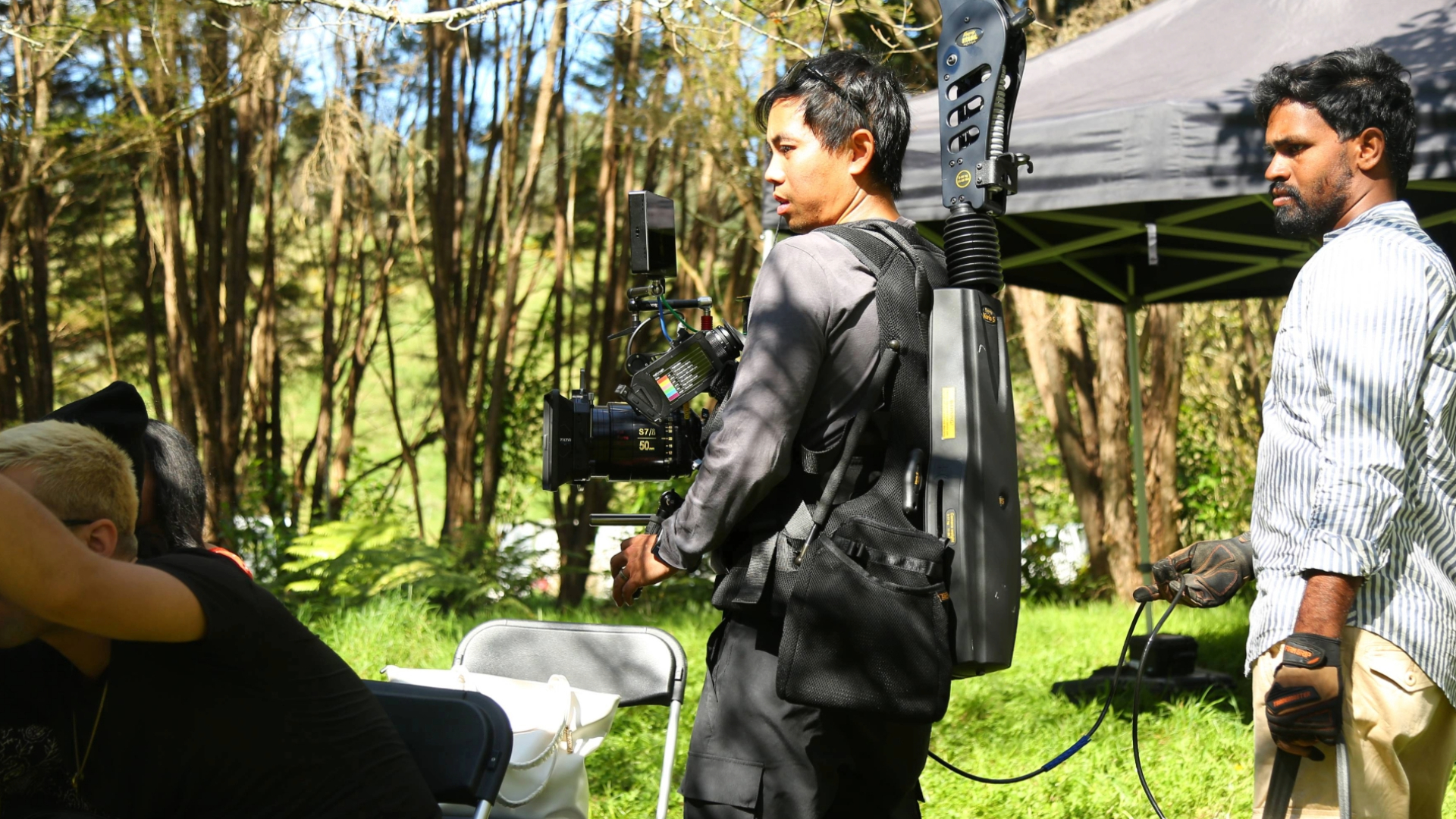
Cinematographer Sheldon Chau has built a career defined by emotional clarity and visual naturalism while exploring cultures and stories all over the globe. With Kannappa, he stepped into the heart of a 2nd-century Indian legend—blending large-scale action, myth, and devotion across two continents.
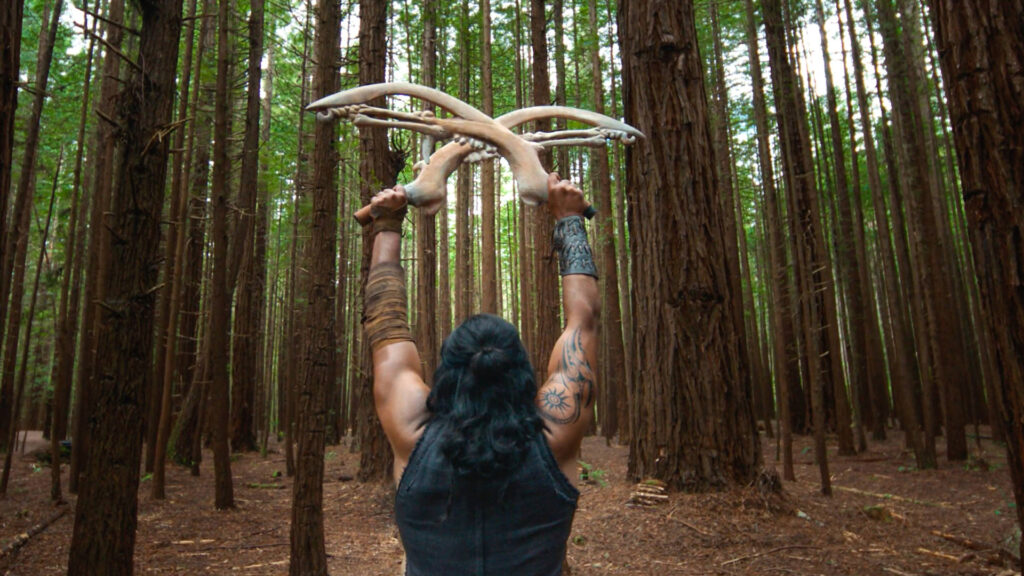
Chau’s philosophy in lighting strategies and lens choices is project dependent. Instead of imposing a style, he enjoys collaborating with the director to define the visual language. He studies the script meticulously in order to become the director’s ultimate ally on set, striving to be a fellow storyteller rather than a mere technician.
Shot on the ARRI Alexa 35 and framed through Cooke S7/i full-frame lenses, Kannappa is a spiritual and cinematic journey that demanded flexibility, reverence, and precision.
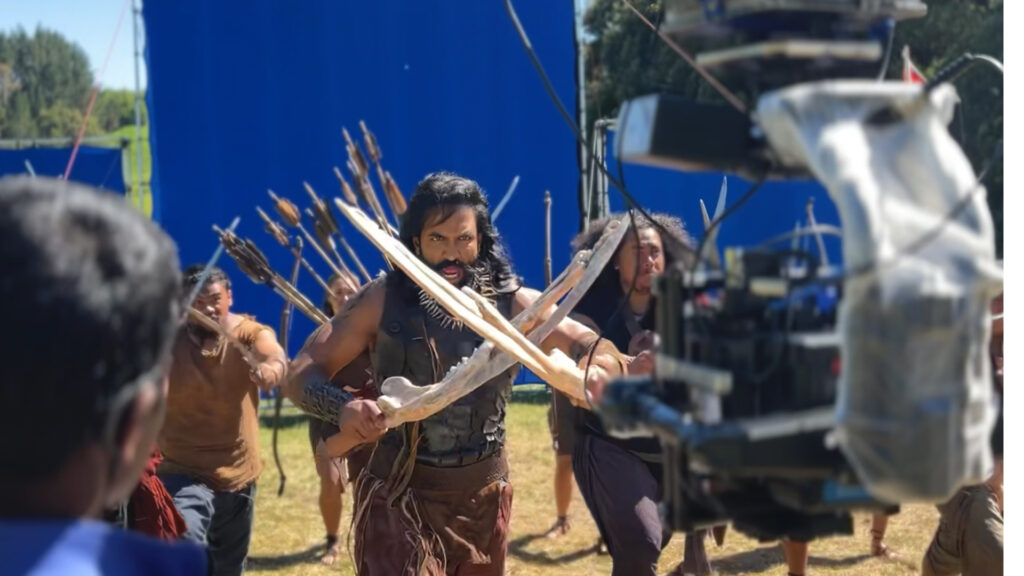
“For a film steeped in faith and folklore, the image had to carry a timeless quality. Cooke S7/i lenses gave me softness and humanity without sacrificing clarity. That was essential.”
Raised in Los Angeles and of Cantonese heritage, Chau discovered his passion for cinema early and deepened it through formal training at NYU Tisch, where he earned an MFA in Cinematography. He is a recipient of the ARRI Volker Bahnemann Award and was part of the ASC Vision Mentorship Program under Larry Fong, ASC.
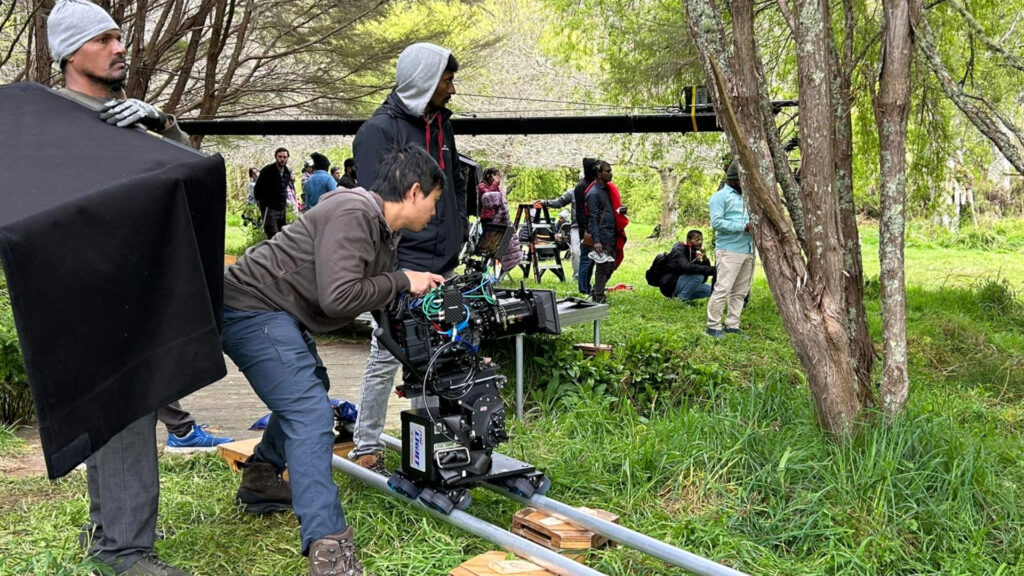
His work has premiered at Cannes, Sundance, Venice, Toronto, and Locarno, including standout features like:
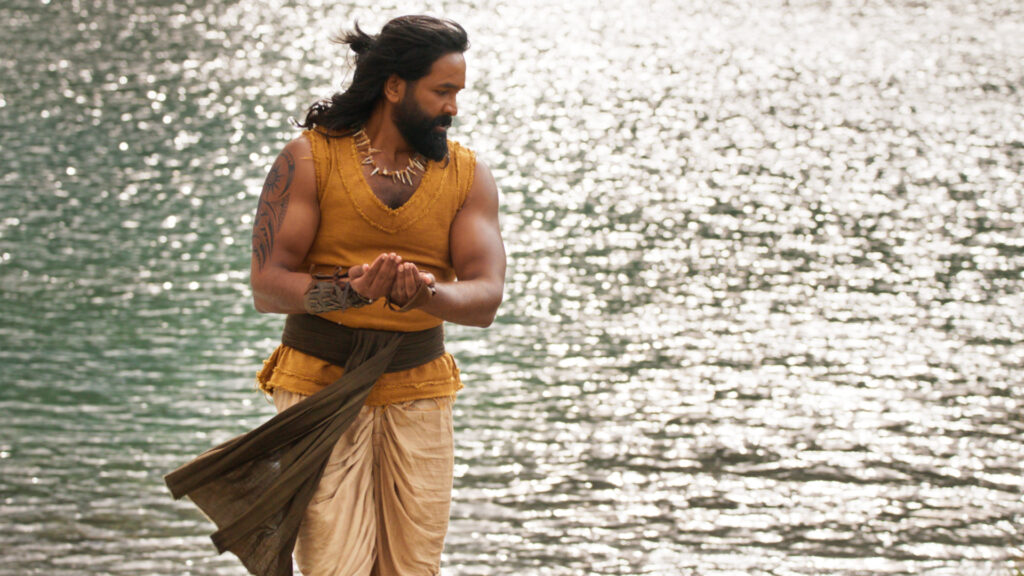
Filmed across New Zealand’s wild terrains and India’s studio stages, Kannappa demanded constant adaptability. Chau faced:
His visual strategy: embrace natural light as the primary source, using negative fill, bounce boards, and minimal augmentation.
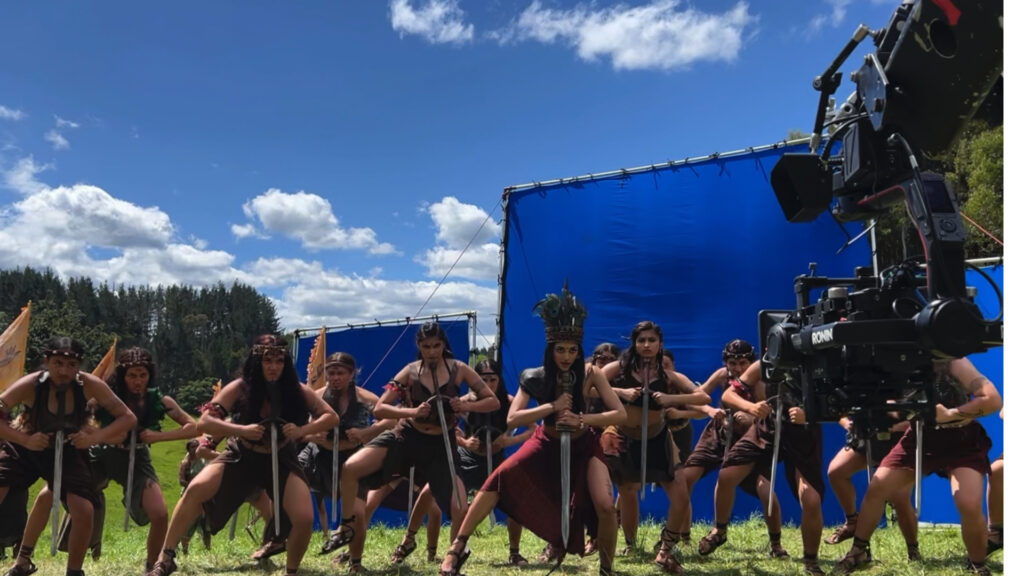
“We shaped the available light to maintain authenticity. I always had my gaffer watching the sky—predicting when clouds would shift the tone of a shot.”
He used tools like:
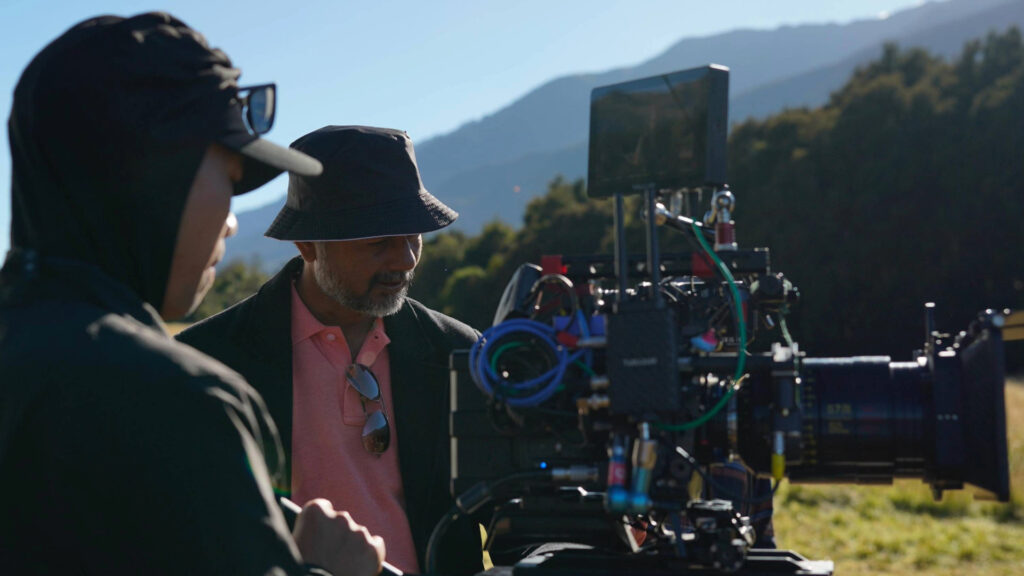
Working with director Mukesh Kumar Singh, Chau adjusted to a rhythm of filmmaking where coverage was line-specific rather than built from masters. Action, musical, and spiritual sequences were handled by directors like Prabhudeva, Brinda, and Kecha—each bringing their own grammar to the film.
Chau maintained visual consistency across all units—even while collaborating with stars like Vishnu Manchu (who also produced), Prabhas, Akshay Kumar, and Mohanlal.
“It was a huge test of my adaptability. I learned to respect and respond to a new way of working—and in that, found a new depth to my own process.”
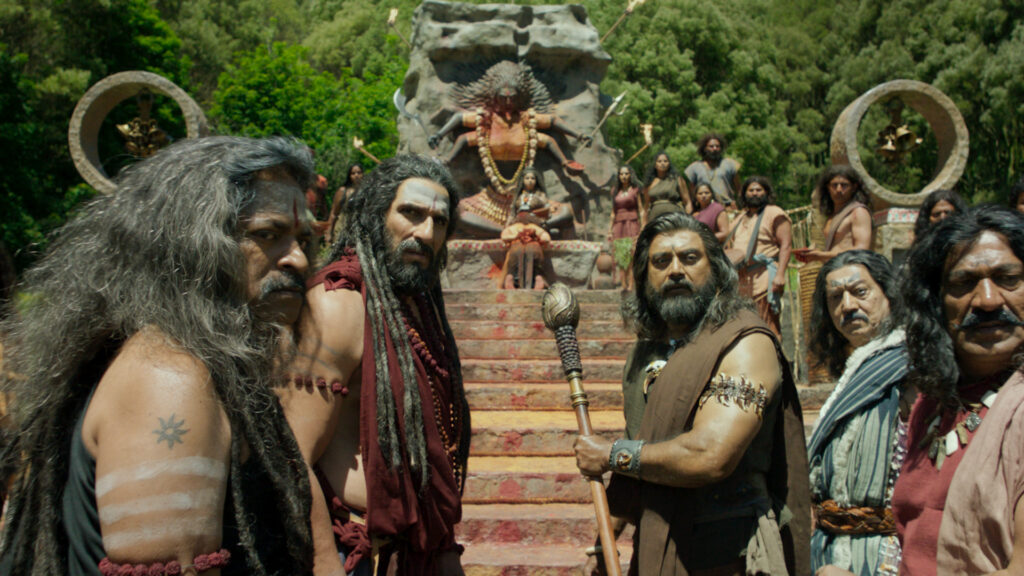
Among the most memorable moments was a battle filmed at Mount Tarawera, a sacred Māori site. Fog rolled in as the crew captured two godly figures clashing at dawn.
“It wasn’t just beautiful—it was sacred. That scene reminded me why I do this: to create images that honor both story and place.”
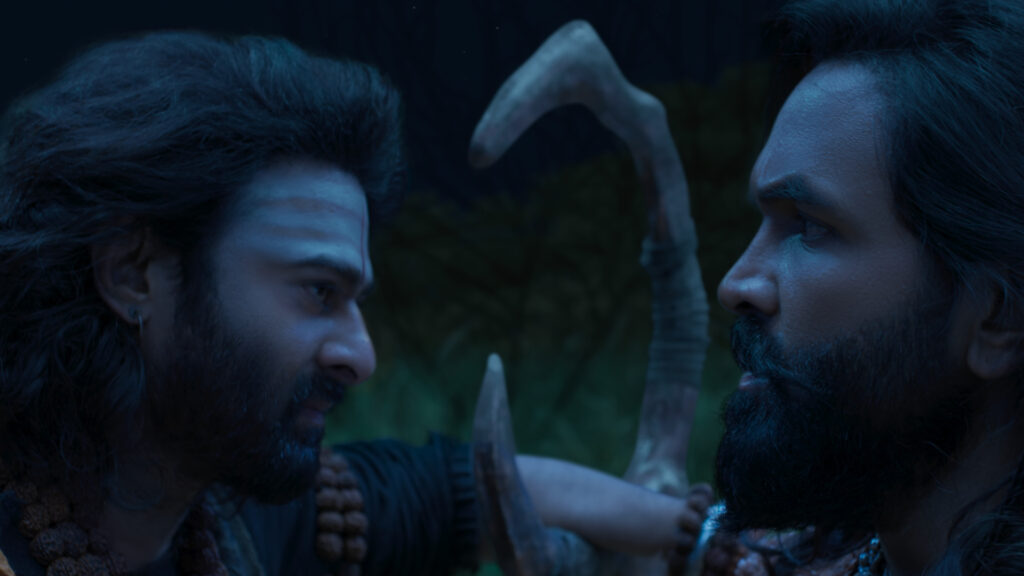
The Cooke S7/i lenses anchored Chau’s visual language from start to finish. His favorite focal lengths are the 32mm and 40mm; the 32mm was the workhorse lens, allowing the camera to get close enough to the actors to achieve intimacy without feeling invasive.
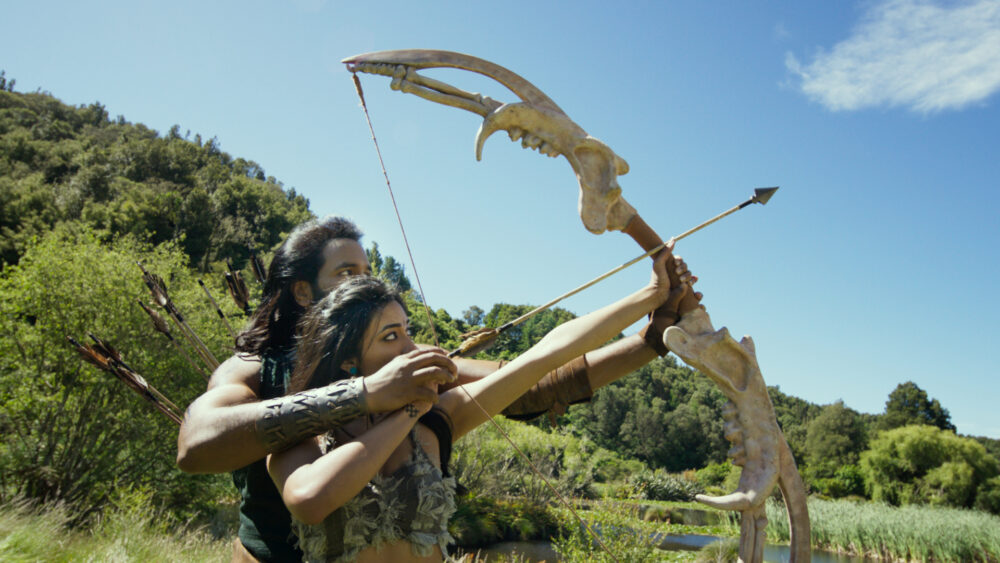
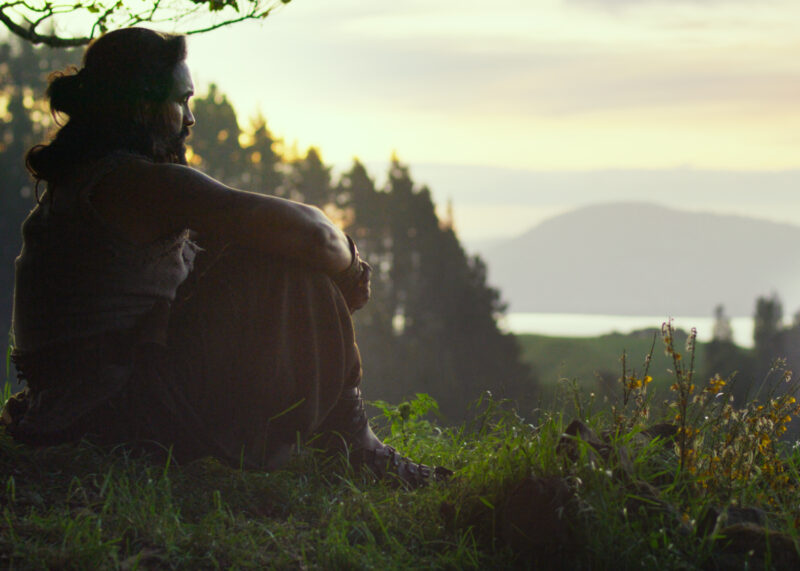
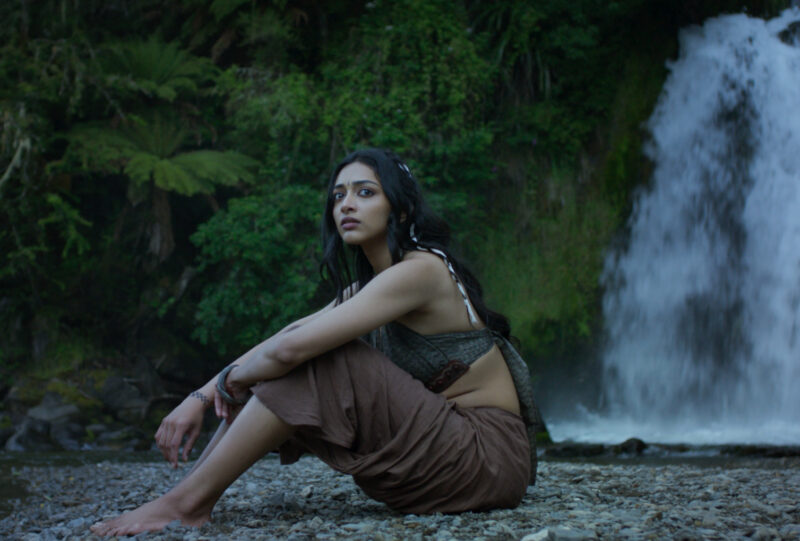
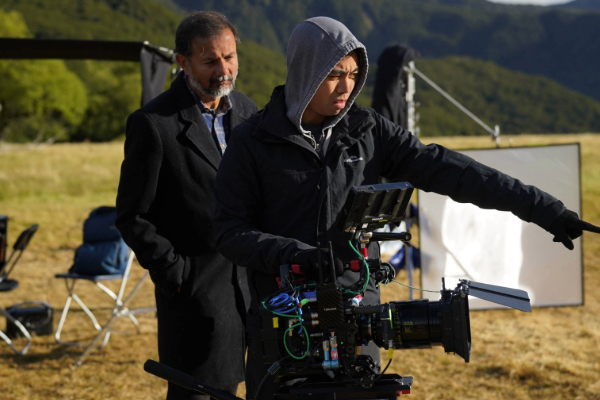
“They gave me warmth, texture, and timelessness. I didn’t want overly clinical or sharp lenses—I wanted optics that breathe with the story. The S7/i series gave me that emotional register.”
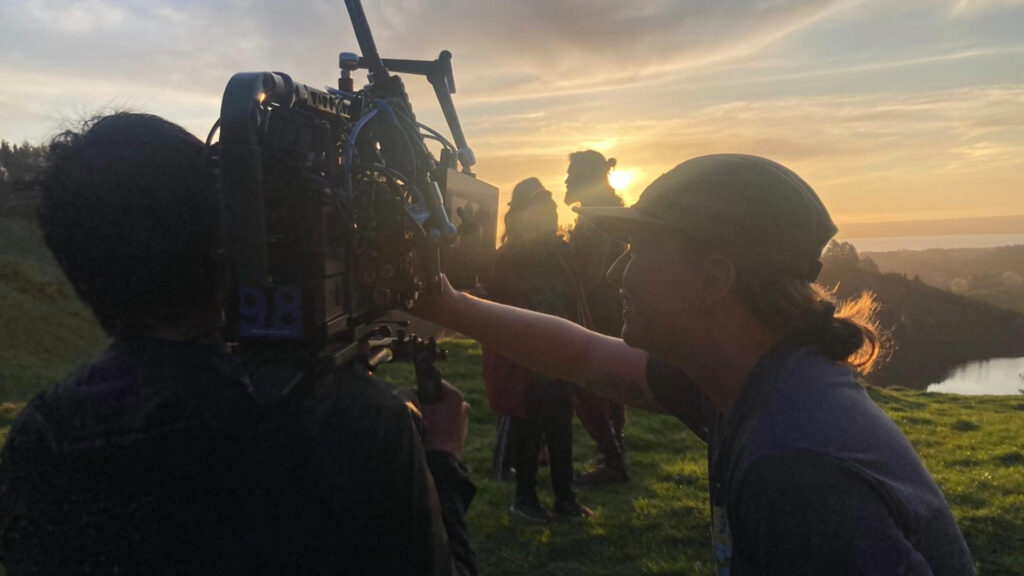
Whether on a windy mountaintop or a stylized soundstage, Cooke helped Chau retain an organic, consistent visual signature.
Supported by: 24 Frames Factory Pvt Ltd